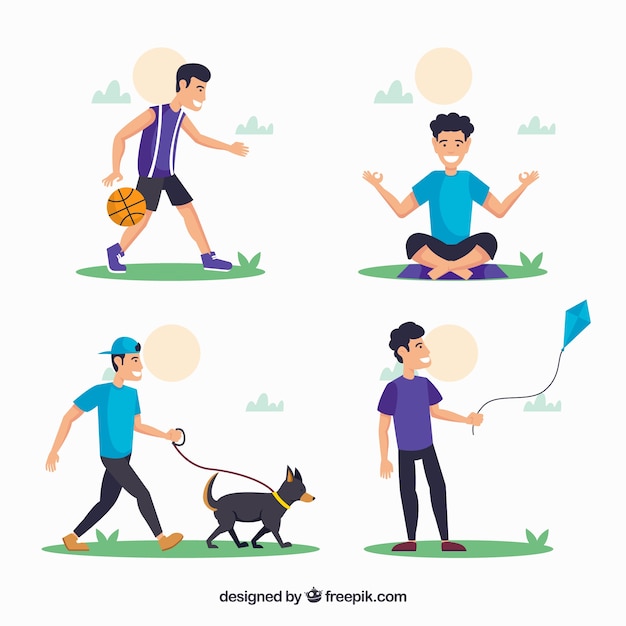

Basic Dog Training Essentials
Having trouble teaching your new furry pal basic commands like “sit” or “stay”? If so, don’t stress. In this guide, we’re going to cover the basic tools and techniques you need to kickstart your dog’s training journey. By the end, you’ll have a strong foundation of trust and communication with your dog, and you’ll be pleasantly surprised by the progress you can achieve together. So, let’s jump right in and learn the secrets to successful dog training.
Establishing Trust and Communication
Building trust and effective communication with your dog starts with spending quality time together. Engage in activities like playtime and walks, which not only deepen your bond but also lay the groundwork for mutual trust. Use toys and games that your dog enjoys and match their energy levels during play. This not only strengthens your relationship but also provides essential mental and physical stimulation.
While walking, maintain a calm and confident demeanor. Use consistent body language and a soothing tone of voice to communicate with your dog. Dogs are highly attuned to non-verbal cues, so clear and confident body language is crucial. A steady tone of voice helps your dog feel safe and understand what you expect from them.
Respect your dog’s boundaries and personal space. Pay attention to signs of discomfort or stress, and give them space when needed. Pushing your dog beyond their comfort zone can erode the trust you’re working to build.
Patience and understanding are key. Every dog learns at their own pace, so set realistic expectations. Celebrate small wins and offer plenty of positive reinforcement when your dog exhibits the desired behaviors. This approach will make training a positive experience for both of you.
Positive Reinforcement Training
Positive reinforcement training is one of the most effective ways to teach your dog desired behaviors and strengthen your bond. Essentially, it’s about rewarding good behavior rather than punishing the bad. This method can help your dog follow basic commands and develop good obedience skills.
To practice positive reinforcement, reward your dog immediately after they perform the desired behavior. This reward can be treats, verbal praise, or a quick play session. The key is to make the reward meaningful to your dog and to offer it consistently.
Begin training with basic commands like “sit” or “stay.” Hold a treat in front of your dog’s nose and slowly move it upwards. As their head follows the treat, their bottom will naturally lower into a sitting position. Once they’re sitting, praise them and give them the treat. Repeat this process several times a day, gradually reducing your reliance on treats and focusing more on verbal praise.
Consistency and patience are crucial during this learning phase. Just like humans, dogs learn at their own pace, so be patient and avoid frustration if your dog doesn’t catch on right away. With time and consistent practice, your dog will begin to understand and respond to your commands.
Positive reinforcement creates a gentle and effective learning environment for teaching your dog basic obedience. By using rewards and praise, you can foster a positive learning atmosphere that strengthens your bond with your dog.





